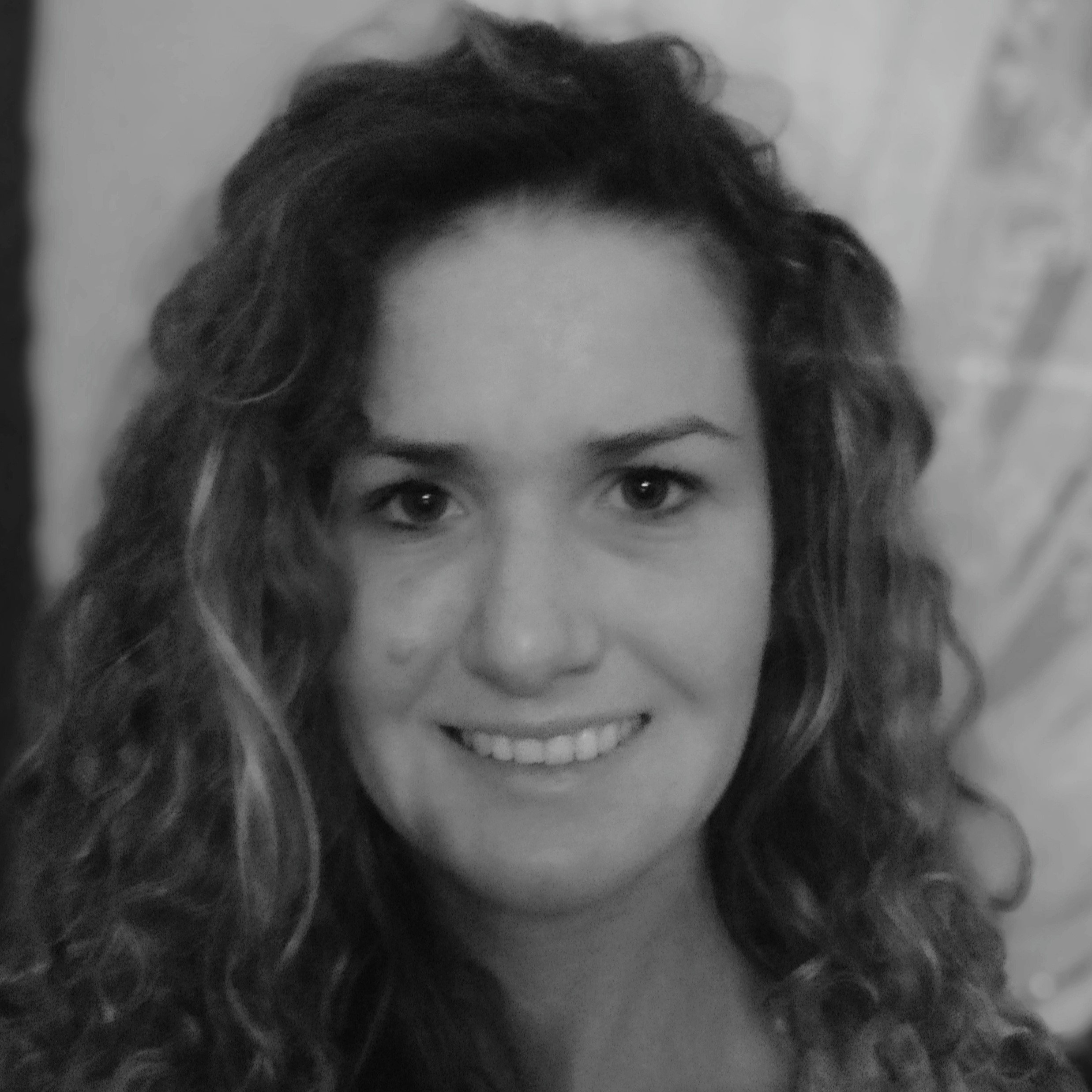Modelling with Differentiation (CIE IGCSE Additional Maths)
Revision Note

Author
AmberExpertise
Maths
Modelling with Differentiation
How is differentiation used in modelling questions?
- Derivatives can be calculated for any variables – not just y and x
- The derivative is a formula giving the rate of change of one variable with respect to the other variable
- For example if
then
is the rate of change of
with respect to
- For example if
- The phrase 'increasing at a rate of' means the rate of change of one variable with respect to time
- Differentiation can be used to find maximum and minimum points of a function
- In modelling, this is called optimisation
- Second derivative tests help to determine is the point is a maximum or minimum
Exam Tip
- Read the question carefully to determine which variables you will need to use
- The question may give you a formula to help you
Worked example
The volume, , of a sphere of radius
is given by
Find the rate of change of the volume with respect to the radius.
Differentiate the formula given for the volume of a sphere.
Optimisation
What is optimisation?
- In general, optimisation is finding the best way to do something
- In mathematics, optimisation is finding the maximum or minimum output of a function
- For example, finding the maximum possible profit or minimum costs
- Differentiation can be used to solve optimisation problems in modelling questions
- For example you may want to
- Maximise the volume of a container
- Minimise the amount of fuel used
- For example you may want to

Exam Tip
- Exam questions on this topic will often be divided into two parts:
- First a 'Show that...' part where you derive a given formula from the information in the question
- And then a 'Find...' part where you use differentiation to answer a question about the formula
- Even if you can't answer the first part you can still use the formula to answer the second part
Worked example
A cuboid has length cm, width
cm, and height
cm.
(a)
Show that the volume, cm3 is given by
.
The volume of a cuboid is ""
Expand and simplify
(b)
Find the maximum volume of the cuboid.
Differentiate V with respect to x
At the maximum volume,
Solve for x
So the value of x, at the maximum volume is 0.3
Find the maximum volume by substituting x = 0.3 in to the formula for V
The maximum volume of the cuboid is 1.8 cm3
(c)
Prove that your answer is a maximum value.
Using the second derivative is usually the easiest way to find the nature of a stationary point
The value of the second derivative (at ) is negative
Therefore V = 1.8 cm3 is a maximum volume

You've read 0 of your 0 free revision notes
Get unlimited access
to absolutely everything:
- Downloadable PDFs
- Unlimited Revision Notes
- Topic Questions
- Past Papers
- Model Answers
- Videos (Maths and Science)
Did this page help you?